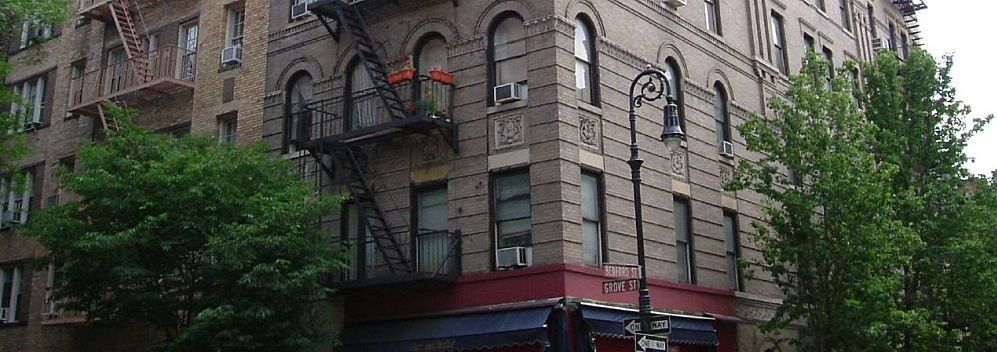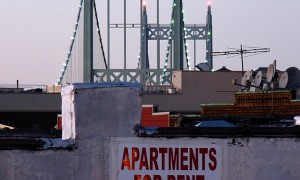4 Steps to Complete the Rental Process in NYC
As soon as you find a rental apartment that suits your fancy in NYC, you need to move fast to secure it and beat out the competition. Here are the first four steps you’ll have to take within the rental process.
Early summer is the busiest time of year for rentals here in NYC, so competition is tough. And the rental process in the Big Apple is — to put it mildly — unique. You’ll want to be totally prepared and ready to move quickly once you see an apartment you like.
Each applicant for an apartment (meaning all roommates) have to fill out an application, which comes with a fee — usually around $50–$150. (You’ll need to have proof of ID, like a driver’s license or passport.) The application form will be furnished by the management company, or landlord if the building is small. Usually it takes anywhere from a few hours to a few days for an application to get approved. Here’s what will happen in that time, and what you should be prepared for:
1. They’ll run a credit/background check on you. Typically, credit checks are performed by the management company at the start of the rental process. If you don’t pass the building’s criteria, it’s a no-go. (Generally a credit score of 720 or higher is considered good.) Know your score before you start looking, by checking it out through www.annualcreditreport.com. Background checks are generally used to see your tenant history, including whether or not you’ve been taken to housing court in the past.
2. You’ll need to provide bank statements, pay stubs, tax return, and employers letter. Management companies and landlords often ask for bank statements from the last couple of months, which you can usually download from your online banking account. You’ll also be asked for pay stubs (usually the last two), and you’ll probably need to provide the last two years of tax returns or W2s. If you don’t have these at the ready, but have an accountant who has filed for you in the past, reach out to them. Sometimes a landlord will also ask for a reference letter on company letterhead. The letter should state your position, salary, and length of employment (or start date if you have not yet started).
3. If you don’t make enough you’ll need a guarantor. Most landlords require you to make 40–50 times the monthly rent to move into an apartment; if you don’t, you’ll need to line up a guarantor (usually one who lives in the tri-state area) who makes 80 times the monthly rent who will co-sign the lease. He or she is then legally obligated to pay the rent if you can’t. There’s also another option if you don’t have a local guarantor: You can pay for Insurent Lease Guaranty to be yours.
4. Prepare to pay a broker’s fee and a deposit at lease signing. Usually a security deposit is one or two month’s rent (if it’s two, it’ll likely be used toward your first or last month’s rent), and must be paid at the lease signing, usually by a cashier’s check. The broker’s fee is on average 12–15 percent of the yearly rent, though you may be able to negotiate that down a bit. Some newer (read: more expensive) buildings offer no-fee apartments. But any way you look at it, be prepared to pony up quite a bit of cash before you move in.
Then it’s time to get the key, hire the movers, and move in. Easy, right?
Image Source: Flickr/Rob Young
[cf]skyword_tracking_tag[/cf]




